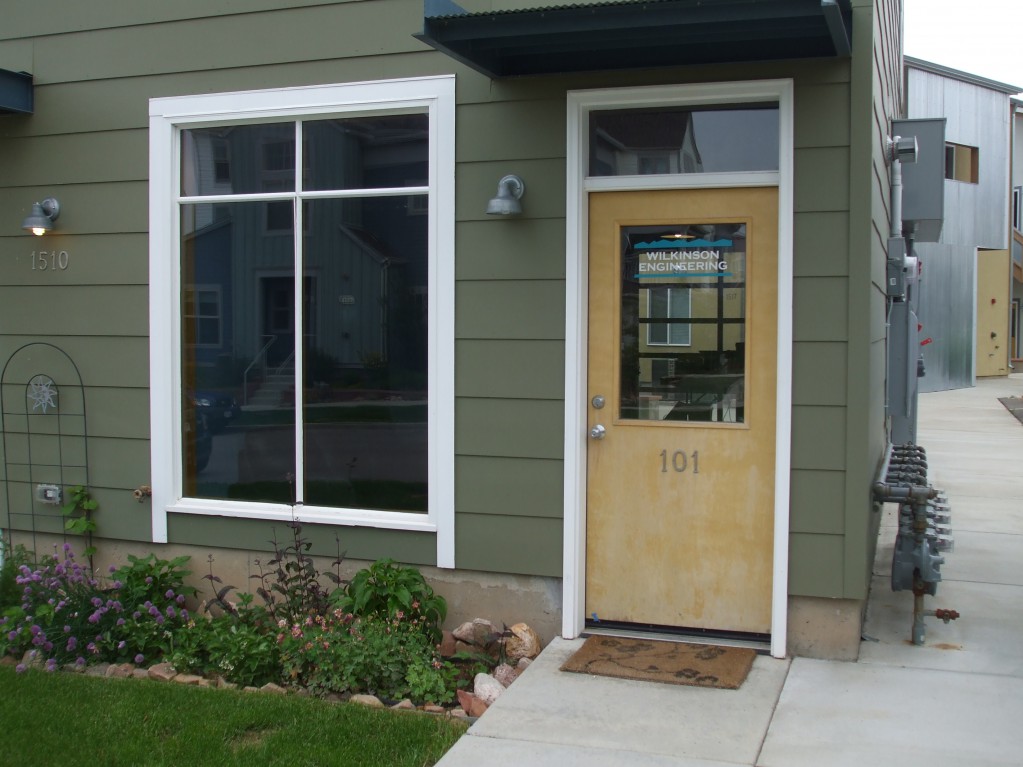Locating Your House On Your Land Part 2. Rural Lots: Part 108 Jul
Many people want to escape from the city to enjoy the rural lifestyle, and often they find less restrictions on what they can build. When considering a rural subdivision it is always a good idea to drive around to see if you like the types of houses being built there. There are new subdivisions all the time, but there are also some very old ones that still have lots for sale. An older subdivision may or may not have an active homeowners association, and that may translate into a wider choice of building options.
The mountains of the Front Range offer a wide array of building sites and not all of them are in subdivisions. They include patented mining claims, and other often large parcels of land that allow more flexibility. Even the idea of a lot in a rural subdivision can be very different than what you encounter in the city. A country lot can be as small as an acre, or larger than thirty acres, and it can include steep hillsides or massive rock outcroppings. But no matter what lot you find, the county you live in will still have rules and regulations you must adhere to.
In Boulder County there is Site Plan Review. Site Plan Review requires that the builder submit preliminary plans on the location, height, and square footage of the proposed house. The square footage may be restricted by the size of the other houses nearby. The general character of the neighborhood will also be a guide to the house size. Another restriction is the amount of dirt that can be moved to construct the house, and the access road to the house. If your house design requires more than 500 cubic yards of soil to be moved, then you must attend a hearing before the County Commissioners where all your new neighbors can, if they choose, object to your preliminary plans. The County has further restricted the movement of soil by counting each yard of soil being moved twice, once when it is picked up, and again when it is set it down somewhere else, so the same cubic yard of dirt becomes two cubic yards for counting purposes.
These restrictions can be overcome by good planning on the site and having a location that makes sense from an environmental point of view. For example, an owner plans to build a house on top of a ridge giving them a great view of the mountains, but it can not only be seen by everyone else for a long distance, but also shines bright lights that can be seen for an even longer distance at night! The Site Plan Review process will likely require that they move the house location off of the ridge top to a place on the land that cannot be seen by the neighbors. Furthermore, they’ll specify that exterior of the house be a color that blends into the environment, that natural materials be used to fit in with the rural character, and that lighting be downward facing so as not to shine where neighbors will see the lights at night.
Building in a rural area has other unique requirements such as finding a spot for a septic system and digging your own well. I’ll get to those in Part 2 of buying and building on a rural lot.
2 Responses Locating Your House On Your Land Part 2. Rural Lots: Part 1”
Leave a Reply


Great read, I would say.. You have probably wrote the very best on this subject extremely well.. =))
Thank you ever so for you blog.Really looking forward to read more. Will read on…